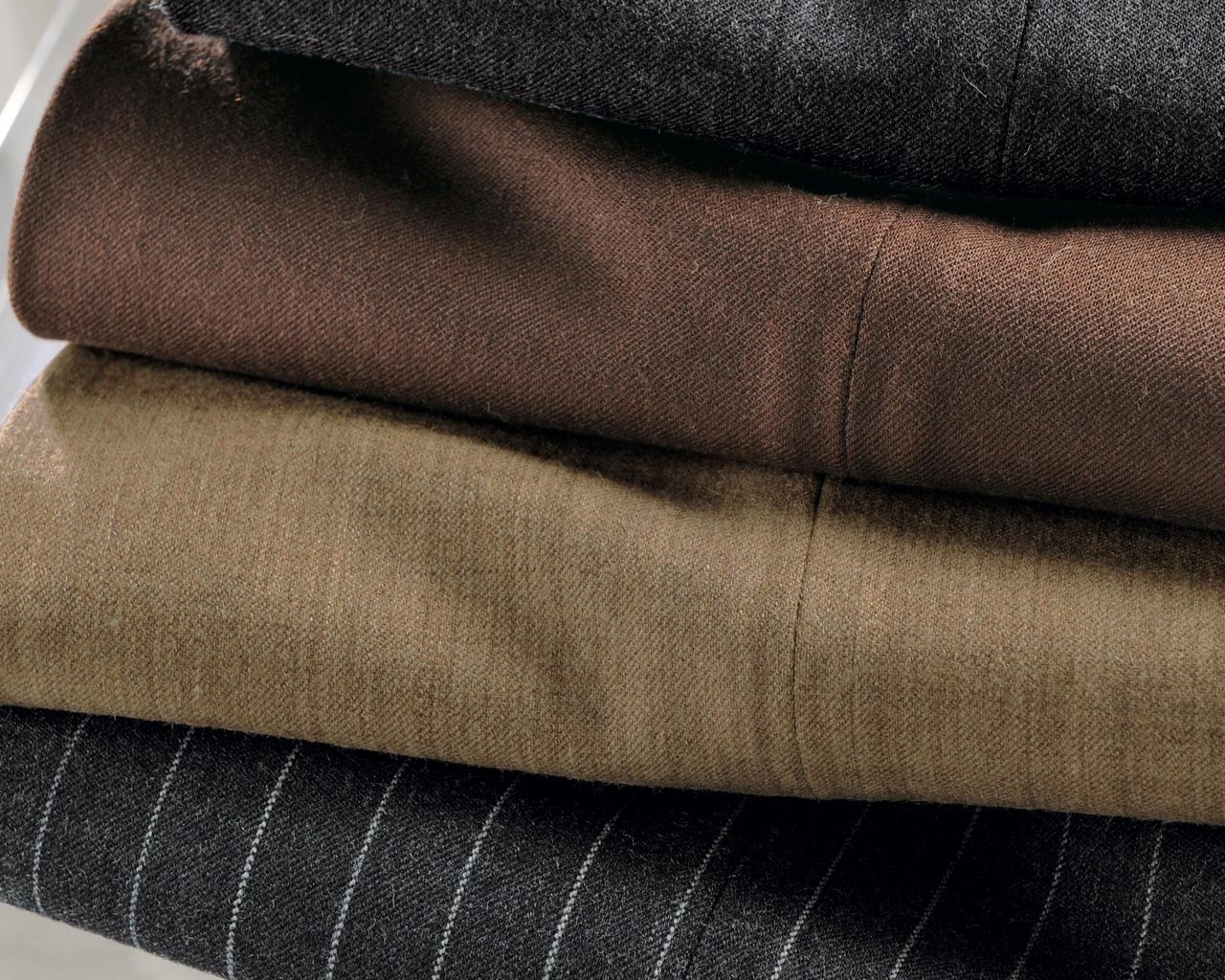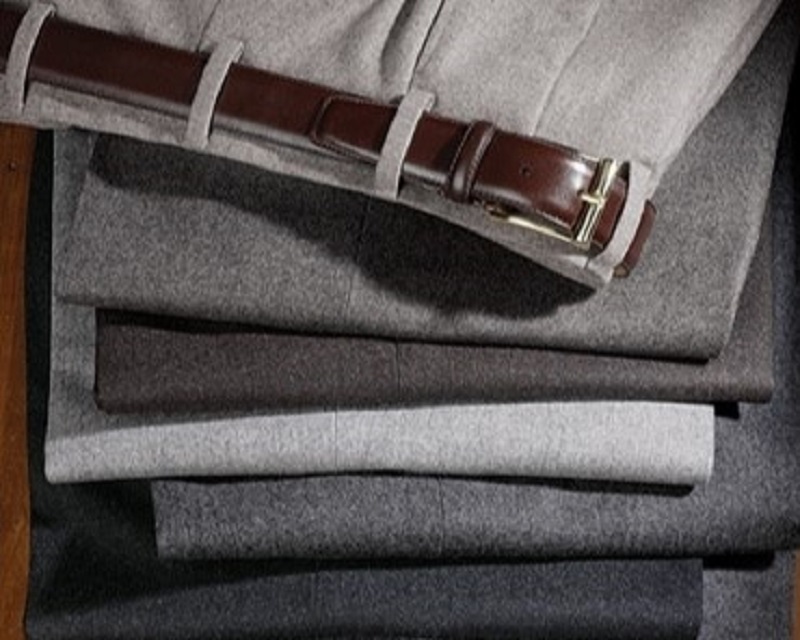Tailoring Traditions
British Tailoring
The British suit has distinctive features that make it easily recognizable. With military roots, it boasts a solid structure, thicker shoulder padding, and sharply defined shoulders that emphasize the physique and convey authority.
This suit is best suited for slim men or can create a slim appearance. Known for its conservative and understated style, it’s perfect for professional and work environments.
There are also variations within the British suit, such as the British drape cut, which was created on Savile Row. This cut is notable for the slight folds and bunching of the chest fabric just below the underarms, due to the fuller chest. While this differs from the typical slim-fit British suit, it still maintains a strong waist suppression that enhances the athletic form.


Italian Tailoring
Italian suits are designed to fit closely to the body, featuring high armholes and minimal shoulder padding. Within Italian tailoring, the Neapolitan style is distinctively different from the Milanese style.
The key difference in the Neapolitan style is the shoulder, which is unpadded and naturally shaped, in contrast to the structured British style. This also includes the ‘shirt shoulder,’ which features light pleats where the sleeve meets the armhole. The sleevehead is set slightly higher than the shoulder, creating a ridge or “roping” effect, and the suit often incorporates patch pockets and a curved chest pocket. These design elements highlight the more flamboyant nature of Italian tailoring.
However, the characteristics of the Neapolitan suit are evolving and blending with current trends. Neapolitan suits have become more fashionable for the workplace, embracing a slightly more casual style that aligns with the growing trend of casual office attire in the 2020s.
